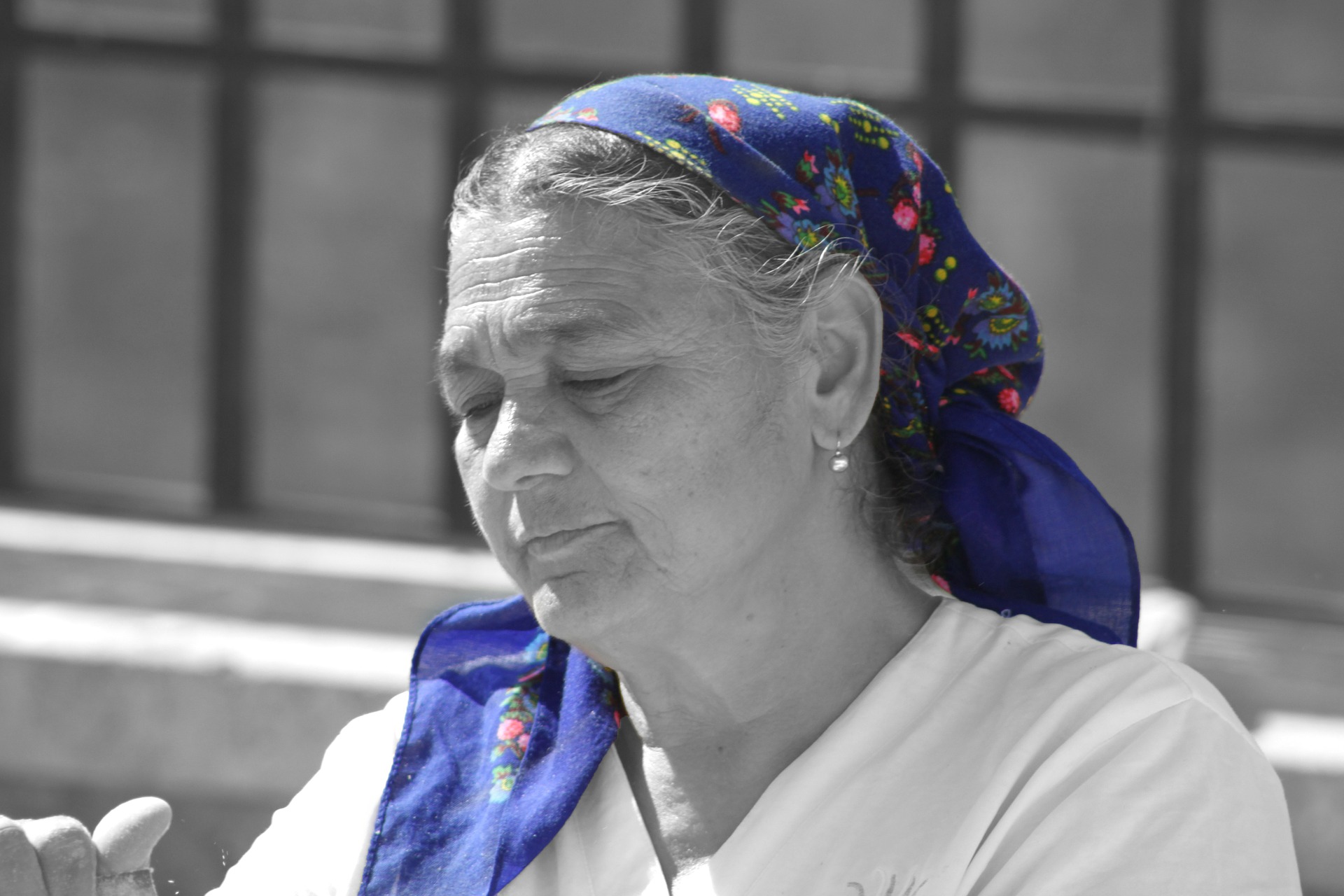3 Vision Problems Women Face As They Age

Human eyes begin developing long before birth: their formation commences on the fetus’ 17th day. Between then and the eighth month, eyes undergo a fast-paced, astonishing transformation from a few cells to completely functional sight organs. At birth, these amazing visual organs are about two-thirds of their adult size. (It is no wonder that infants have such an adorable, wide-eyed look.) While newborns are quite near-sighted and lack eye-hand coordination, by preschool age, children’s spatial perception is quite advanced. After this time, visual growth slows dramatically.

Aside from developments such as nearsightedness, eyesight remains stagnant throughout childhood and the first decades of adult life. However, as people enter middle age, changes may again be in store.
While both men and women develop age-related conditions, females are more likely to experience visual problems. As in so many areas, they can blame it on hormones; a changing estrogen-progesterone balance can cause more than hot flashes. Here are three visual problems to watch out for.
Tears do more than demonstrating sadness or joy. These combinations of water, mucus, oils, and antibodies keep eyes moist, comfortable, and infection-free. When an insufficient quantity or poor-quality tears are produced, or they drain too quickly, the result can be irritation, blurred vision, and redness.
Culprits behind dry eyes are varied, including medications, allergies, the tendency to blink too infrequently while looking at computer screens, and skin disorders near the eyes.
However, the condition discriminates. Women are especially at risk for two reasons:
This condition develops when a fluid build-up raises the pressure level in the eye. The most common form, open-angle glaucoma, has no warning signs–so regular eye exams are a must to avoid loss of vision. A second type, closed-angle or acute glaucoma, develops suddenly. It comes with symptoms like nausea, headaches, extremely blurry vision, and pain. Immediate medical attention is vital to preserve eyesight. Women have a greater tendency to develop acute glaucoma: the likelihood is two to four times that of men.
This condition is one of the main reasons people over 50 suffer vision loss. As the disease progresses, the macula—a small area on the retina that is necessary for central vision—undergoes damage. There are two types:
Dry: Drusen, yellow deposits in the macula, cause visual difficulties (especially when people read). If the disorder progresses, the light-sensitive cell layer in the macula thins, resulting in atrophy. Blind spots in the center of a patient’s visual field may occur, and eventually, there is a complete loss of central vision.
Wet: Abnormal blood vessels form, leaking blood and fluid. This results in distorted vision and diminished or lost central eyesight. In time, a scar develops, and irreversible central vision loss occurs. This is much less common than the dry form (occurring in approximately 10% of patients), but dry macular generation can become the more devastating type.
While people need not fear the loss of eyesight as they approach their golden years, being forewarned is forearmed. A healthy diet, UV-blocking sunglasses, and regular visits to an eye care center like All About Eyes can preserve the amazing, miraculous gift of vision.
